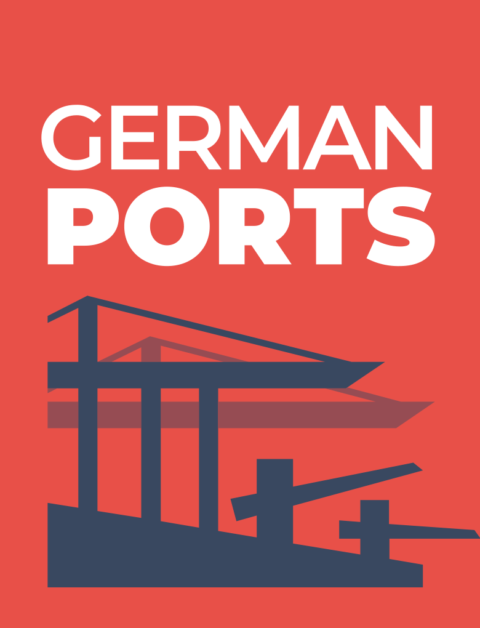With German Ports to the safe harbour - questions and answers on digital exemption
03 June 2025 | A standardised digital release process for container imports via German seaports is being launched under the name "Secure Release Order". DAKOSY has compiled everything you need to know about the new procedure and answers important questions on the subject.
Why is the exemption process currently in focus?
With the comprehensive digitalisation of the release procedure, the two logistics software service providers DAKOSY and dbh, together with the seaport industry, want to help make collection via the German seaports safer and at the same time establish effective protection against the import of drugs and organised crime via the German seaports. This topic is also on the agenda in the ports of Rotterdam and Antwerp.
How does the "Secure Release Order" work?
The key to the secure provision of containers is the digitalisation of the entire release process with the "Secure Release Order". This ensures that from the time the container arrives at the port by sea until it is picked up by the transport company, it is always clear who is authorised to dispose of the container. The container can only be released by one authorised party to the next. Each party digitally transfers the "right to collect" to the next party in the transport chain. This personalised "right to collect" will gradually replace the previous anonymous PIN procedure. Operations will be gradually ramped up from the second half of 2024.
Who can participate and how is the data exchange organised?
The new process involves all players in the transport chain, including shipping companies, terminals, freight forwarders and transport companies. Communication is no longer direct, but encrypted via the neutral and cross-location IT platform German Ports, which DAKOSY and dbh operate jointly. The IT platform can be used to verify who the final rights holder is at any time. For example, terminal operators will in future check against German Ports whether the collecting company also holds the right to collect the container.
To what extent is container collection transparent?
The truck slot booking process and the driver registration process at the terminals are optionally integrated into German Ports. As a result, there is a fixed digital link between the pick-up right, the transport pre-registration and the lorry driver, and the German Ports IT platform is integrated into the existing port community systems. For the ports of Bremen and Wilhelmshaven this is the Business Information and Tracking Platform (BIT) from dbh and for the Port of Hamburg the Import Management Platform (IMP) from DAKOSY.
What is the roadmap for the future?
The "Secure Release Order" is intended to gradually replace the previous pin code-based procedure. The initiators DAKOSY and dbh are planning to start operations in the second half of this year with a pilot group in which all participating sectors are represented. As soon as the process is stable and error-free, the gradual onboarding of further companies will begin.
How and with what goal did German Ports come about?
At a conference of the coastal federal states in 2019, the two system houses DAKOSY and dbh were asked to offer joint digital services for the German seaports, in particular to strengthen the attractiveness of the German container seaports in competition with the western ports. In 2021, DAKOSY and dbh launched the joint project under the label German Ports. A particular focus is on establishing standardised processes for container and release information for all major German seaports (Hamburg, Bremerhaven and Wilhelmshaven). The associated information flows run via the German Ports IT platform.
What is the background to the digitalisation of the exemption?
DAKOSY and dbh gained considerable momentum for the project to digitalise container release as a result of the port security conference with security authorities and the port industry in Hamburg at the end of October 2023, where the final declaration stated: "The common goal is a secure procedure for the release of containers through encrypted, traceable and clearly limited data access." This consensus to make the process more secure has since become a key driver of the project.
Source: DAKOSY Datenkommunikationssystem AG
